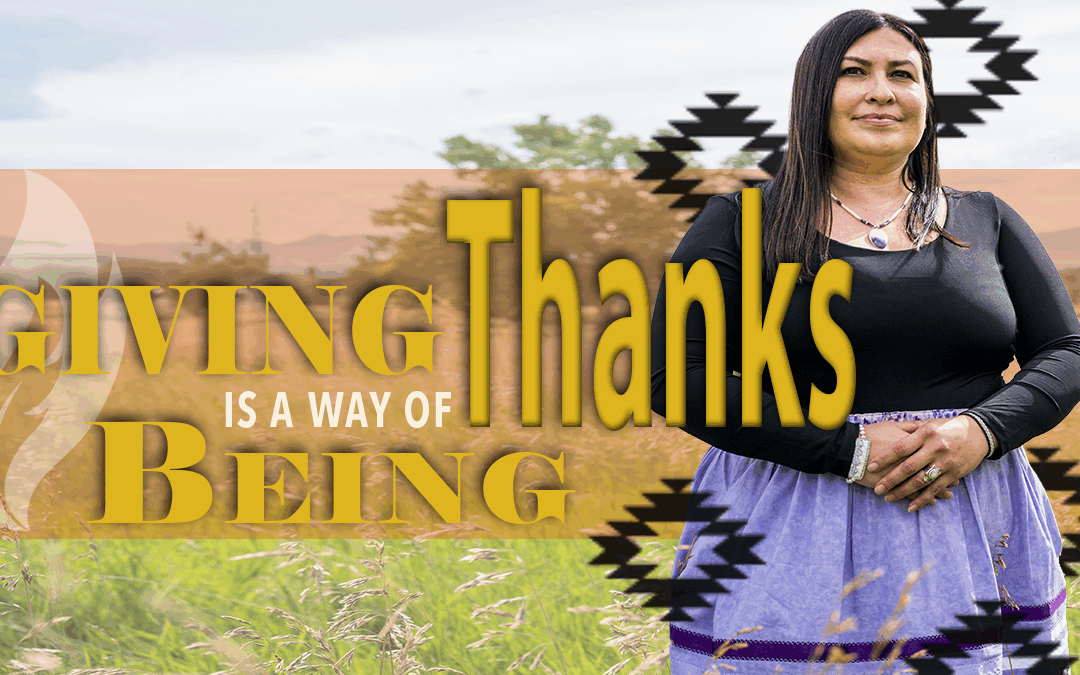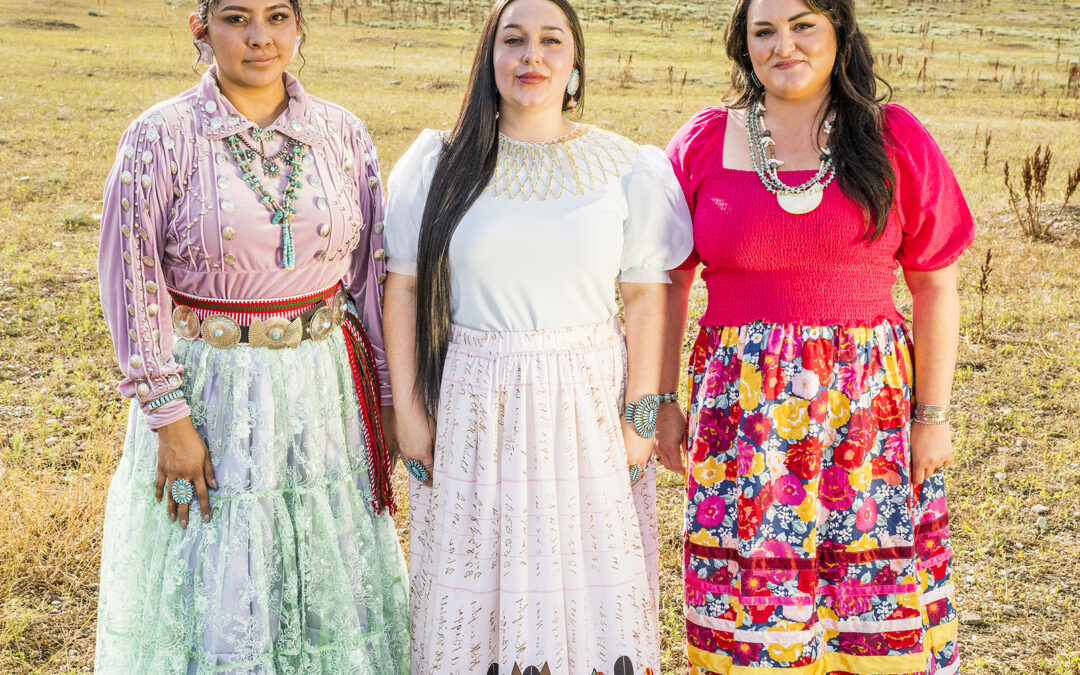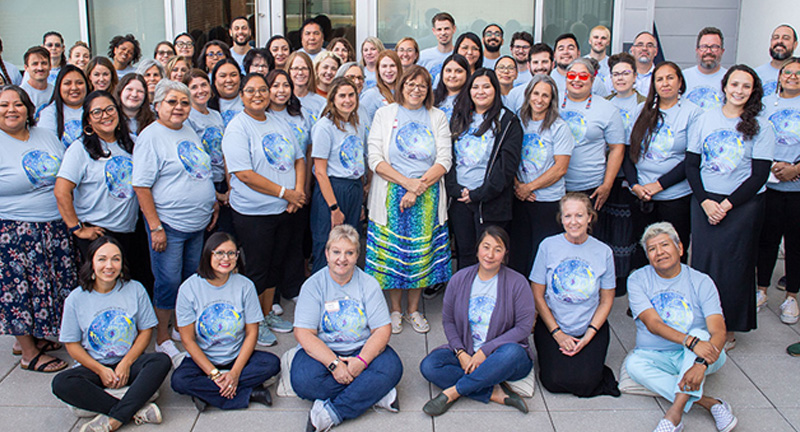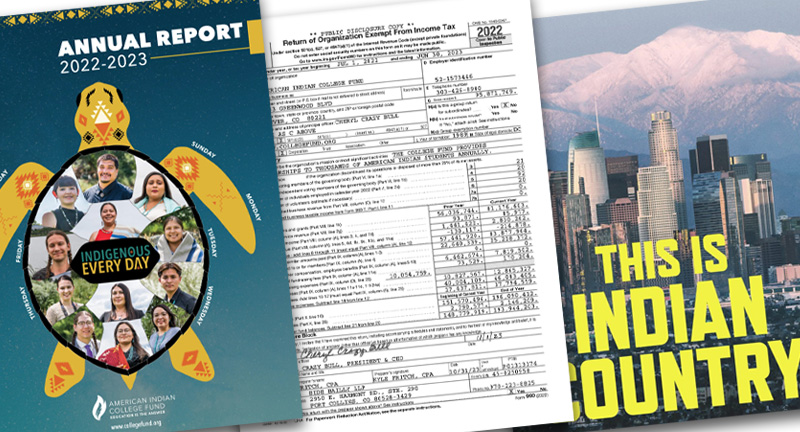This past Saturday, the United States celebrated Flag Day. An annual holiday occurring on June 14, Flag Day celebrates the approval of the first national flag design of the United States in 1777. And while Americans are encouraged to fly the U.S. flag during National Flag Week, there are many other flags you might see flying throughout the year in Indian Country. Many Native nations have their own flags, designed to represent their individual history, culture, and place. The Tribes that have founded tribal colleges and universities (TCUs) are no exception. Tribally controlled higher education is an act of sovereignty not only on the part of the nations that host TCUs but also for the Native students that choose to attend them.

TCUs are unique in the influence of Indigenous cultures on curricula. They are also often the only local option to obtain a higher education for many in remote areas. They preserve tribal traditions and wisdom, blending them with western academia, to ensure that students obtain the knowledge necessary to help their communities thrive.
For students attending TCUs, the choice to pursue a higher education is a commitment to building a brighter future for oneself and one’s community. The decision to study at a tribal college is a claiming of their identity, the foundation of who they are and where they come from, in contrast to a long history of Native students not being allowed to live and learn among their own people.
In honor of Flag Day, we encourage you to learn more about TCUs. Visit our map of the TCUs and pick one. Find out what tribal nation runs the TCU and see if you can find that nation’s flag. If Flag Day is meant to remember the history of the United States, it is also important to remember all the smaller nations that have played a critical role in its existence.
*For more fun, consider looking up other federal and state recognized Tribes in your area to see what their flags look like.









